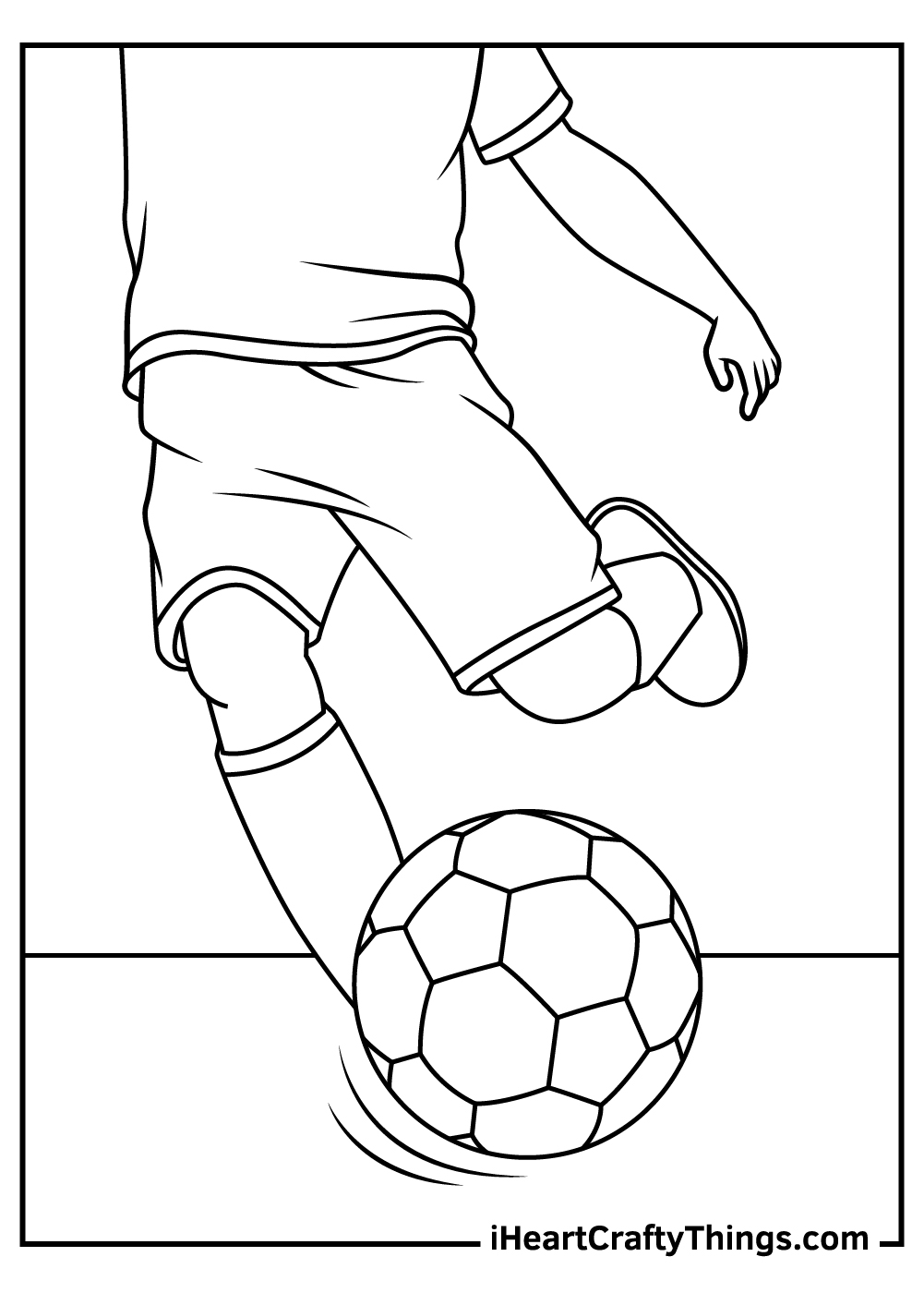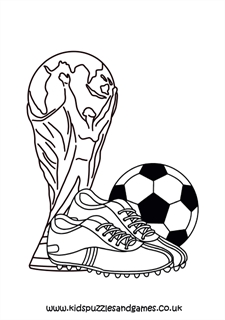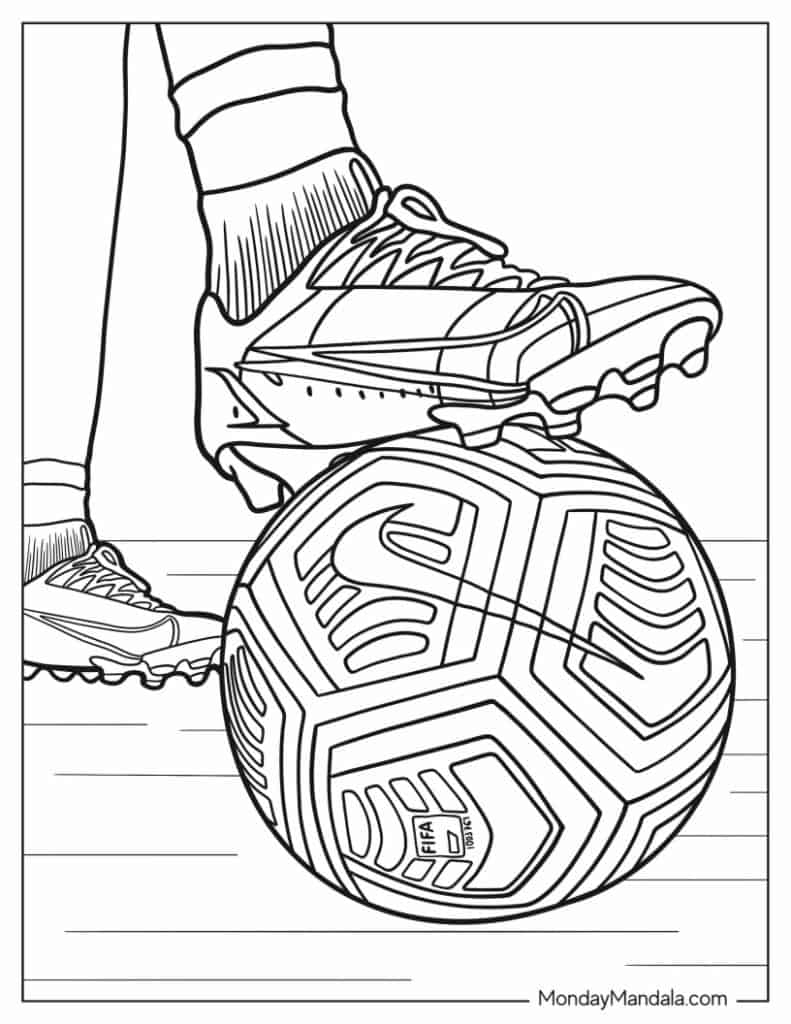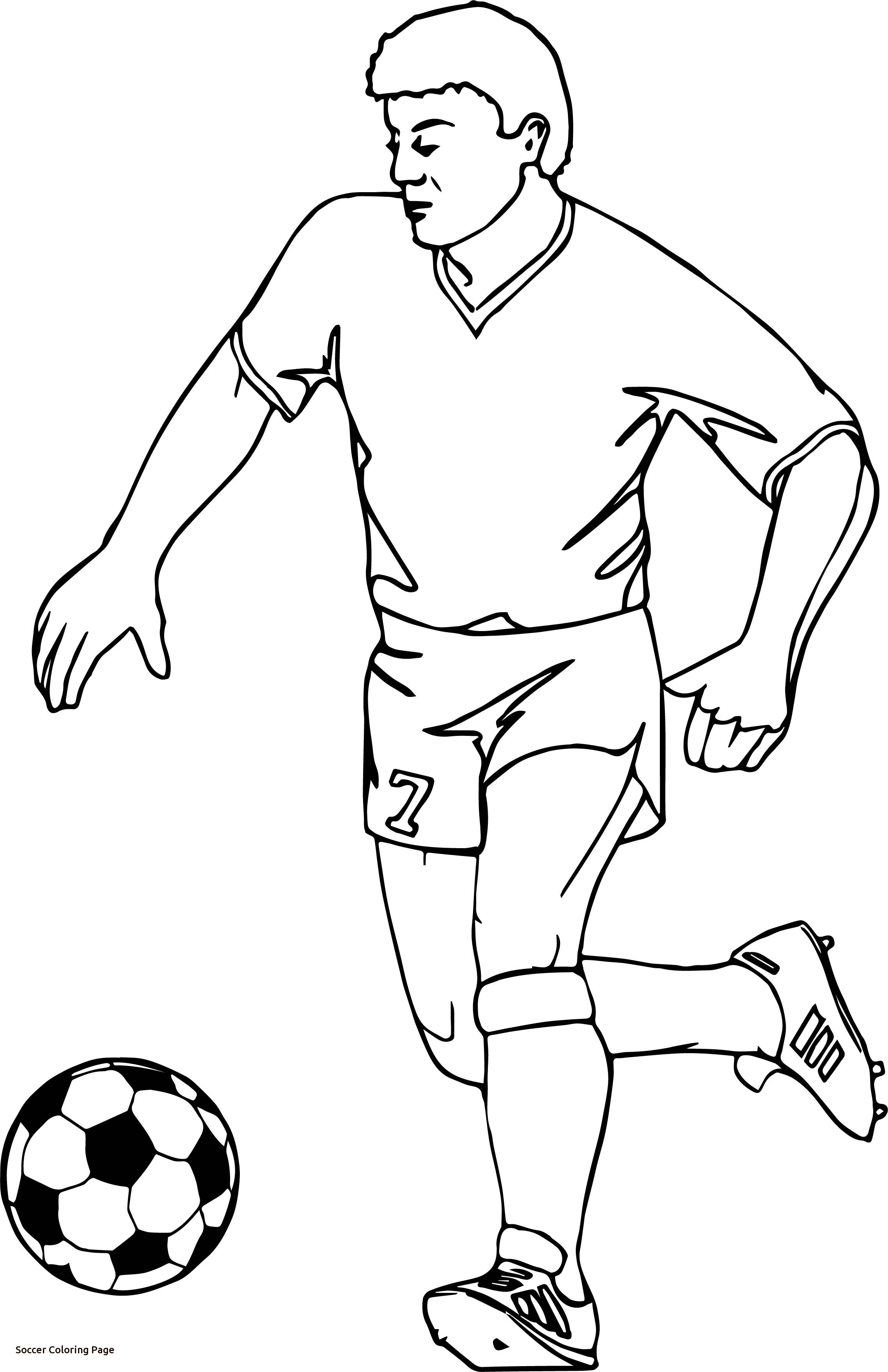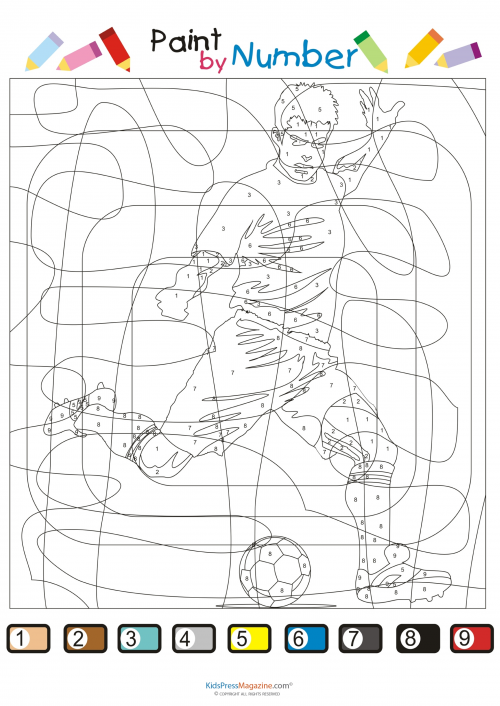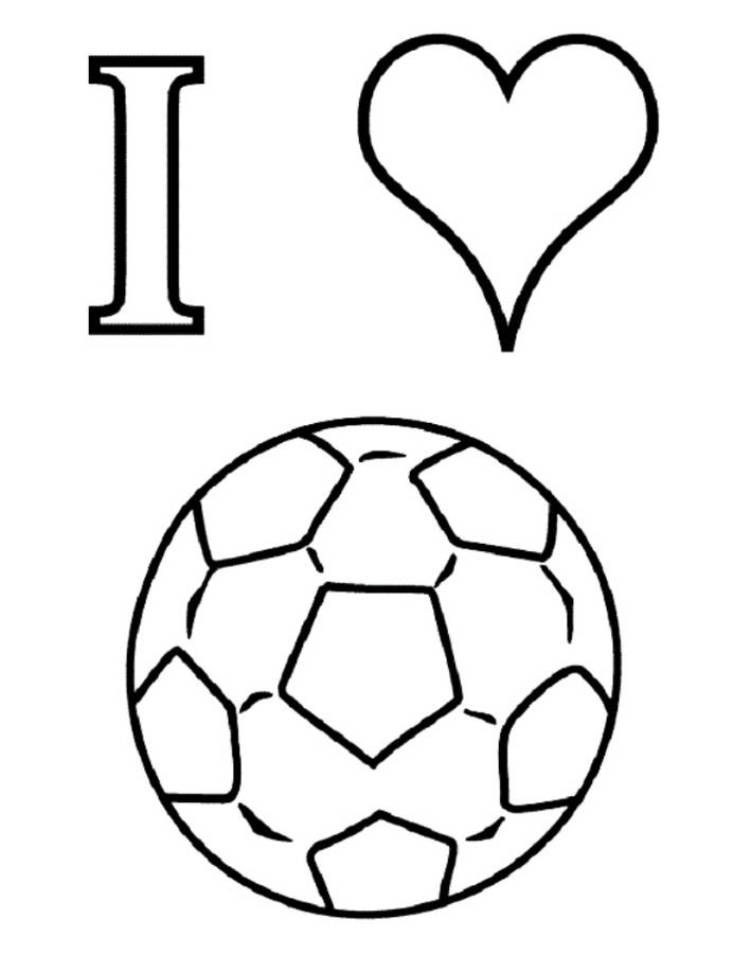Soccer, the beautiful game, is known for its thrilling matches and passionate fans. However, it also has a unique system of colour cards that can significantly impact the course of a game. In this article, we will delve into the world of soccer colour cards, exploring their types, meanings, and consequences.
Colour cards are used by referees to communicate with players and teams during a match. They serve as a warning or disciplinary measure for misconduct or violations of the game’s rules. Understanding these cards is crucial for players, fans, and anyone interested in the sport.
1. Yellow Card: A Warning

A yellow card is a cautionary measure given to a player for minor offenses, such as unsporting behavior, dissent, or delaying the restart of play. It serves as a warning that the player’s conduct is unacceptable and further violations could result in more severe consequences.
2. Red Card: A Sending-Off

A red card is the most serious colour card in soccer. It results in the immediate dismissal of a player from the field of play. Red cards are issued for serious offenses, including violent conduct, deliberate handball, or denying a clear goal-scoring opportunity.
3. Double Yellow Card: An Automatic Red

If a player receives two yellow cards in the same match, they are automatically shown a red card and sent off. This is known as a double yellow card and is treated as a separate offense from a direct red card.
4. Green Card: Fair Play

In some leagues and competitions, green cards are used to reward players for acts of fair play or sportsmanship. These cards do not have any direct impact on the game but serve as a recognition of positive behavior.
5. Blue Card: Temporary Suspension
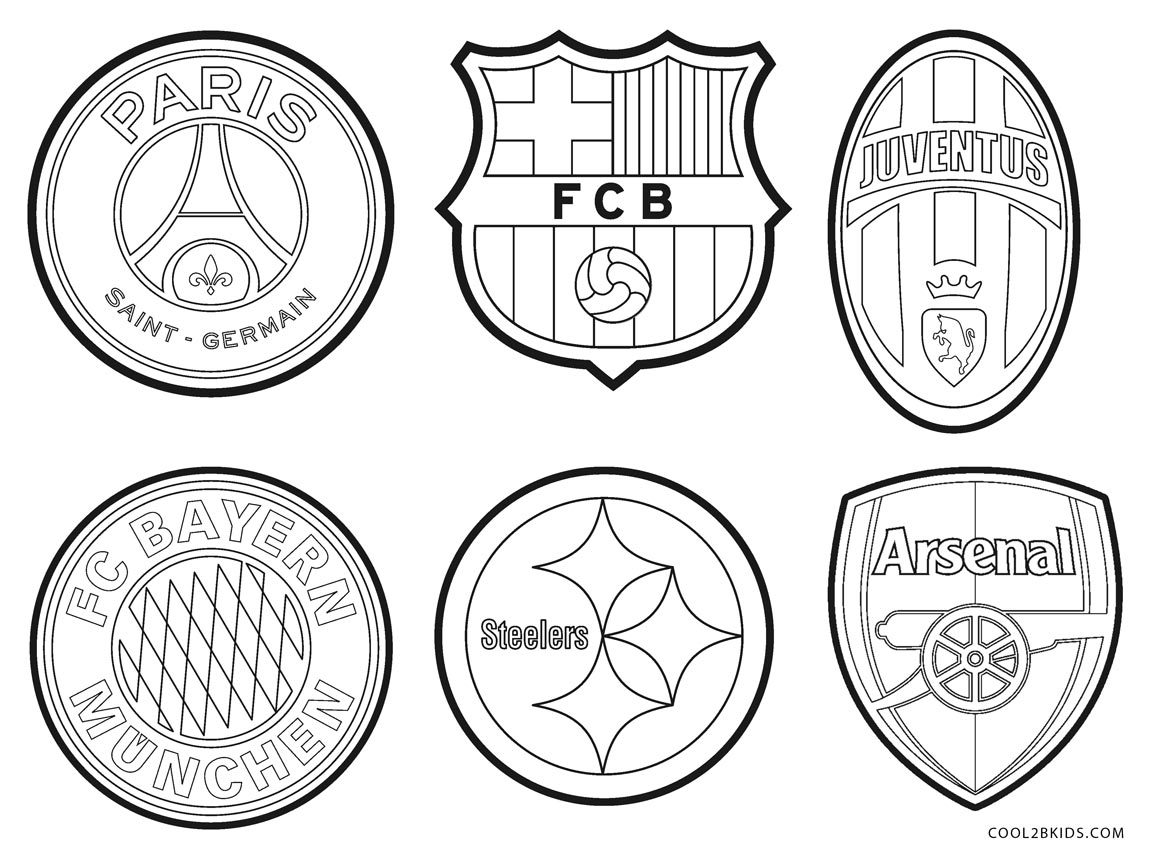
Blue cards are used in youth soccer to temporarily suspend a player for a short period of time. They are typically issued for minor misconduct or dissent and allow the player to return to the field after a brief suspension.
6. White Card: Positive Reinforcement
![]()
White cards are a relatively new addition to soccer and are used to recognize players for exceptional sportsmanship or fair play. They do not have any direct impact on the game but serve as a positive reinforcement for good behavior.
7. Black Card: Disqualification

Black cards are the most severe colour card in soccer and are rarely used. They result in the permanent disqualification of a player from the game. Black cards are typically issued for extreme misconduct or violence.
8. Purple Card: Respect

Purple cards are used in some leagues to recognize players who demonstrate exceptional respect for opponents, referees, and the game itself. They do not have any direct impact on the game but serve as a symbol of good sportsmanship.
9. Orange Card: Time-Out

Orange cards are used in youth soccer to give players a short time-out for minor misconduct or dissent. They allow the player to reflect on their behavior and return to the field after a brief suspension.
10. Pink Card: Temporary Dismissal

Pink cards are used in some leagues to temporarily dismiss a player for a more serious offense than a yellow card but not as severe as a red card. They allow the player to return to the field after a longer suspension.
Design Variations and Insights
The design of colour cards can vary depending on the league or competition. Some cards are simply coloured squares or rectangles, while others may feature additional elements such as the FIFA logo or the name of the competition. The choice of colour and design is often influenced by the cultural and aesthetic preferences of the league or country.
In building a colour card system, it is important to consider the following factors:
- Clarity and Visibility: The cards should be easy to identify and distinguish from each other, even from a distance.
- Durability: The cards should be made of durable materials that can withstand the rigors of a soccer match.
- Cultural Sensitivity: The design and colours of the cards should be sensitive to the cultural and aesthetic preferences of the league or country.
- Consistency: The colour card system should be consistent across all leagues and competitions to ensure fairness and clarity.
Other ideas you might like


